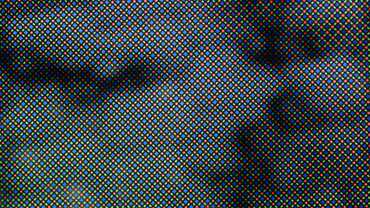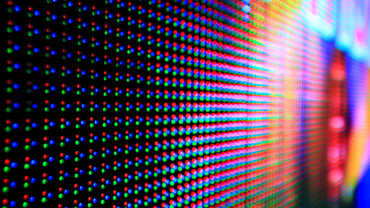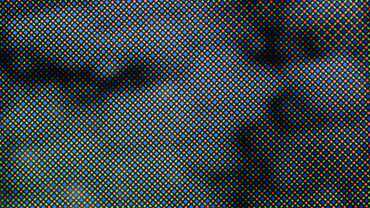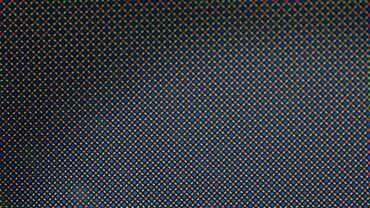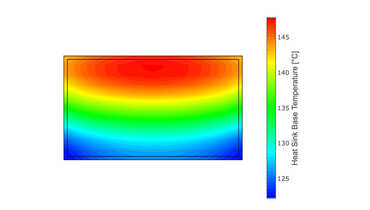Understanding the Basics of Pixel
Pixels aren’t tiny squares with a full color spectrum. Instead, they are composed of subpixels arranged in an RGB array (red, green, and blue). The emitted light of these subpixels is additively mixed to produce the colors we see. These sub pixels are so small they can hardly be seen by eye. By adjusting the intensity of each subpixel, the combined emissions create a wide range of colors. This additive mixing allows screens to display detailed images and a vast array of colors by precisely controlling the light from each subpixel.
OLED technology employs several pixel arrangements, each tailored to meet unique display requirements. These configurations impact everything from color accuracy and power consumption to manufacturing complexity and cost. Understanding these differences is crucial for selecting the ideal OLED display for your application.
Why are OLED Pixels different in Size
In this layout, the Red, Green, and Blue sub-pixels vary in size. The Blue sub-pixels are the largest because they have the lowest light emission efficiency. In contrast, the Green sub-pixels are the smallest because they have the highest efficiency. This size difference is essential for optimizing the display’s performance, ensuring that each color is accurately represented while maintaining the overall brightness and power efficiency of the OLED screen.
The Standard RGB Stripe
The most straightforward OLED pixel arrangement is the RGB stripe. This configuration aligns red, green, and blue subpixels in a horizontal line. It mirrors the structure of traditional LCD Displays, making it familiar to manufacturers and developers alike. The RGB stripe is known for its high color fidelity and sharpness, making it a popular choice for smartphones, monitors, and televisions where color accuracy is paramount.
Pentile Matrix: Efficiency and Longevity
Pentile matrix is another common OLED pixel arrangement. Unlike the RGB stripe, it does not use a uniform distribution of subpixels. Instead, it employs fewer blue and red subpixels compared to green. This design reduces power consumption and extends the lifespan of the display since blue subpixels tend to degrade faster. The Pentile arrangement is particularly advantageous for devices where power efficiency and longevity are critical, such as wearable technology and smartphones.
Diamond Pixel: Optimizing High Resolution
As screen resolutions climb higher, the diamond pixel arrangement has emerged as a solution for maintaining image quality. This layout places subpixels in a diamond-shaped grid, enhancing sharpness and detail, especially in 4K and higher resolutions. The diamond pixel arrangement is particularly beneficial for VR headsets and high-end monitors, where every pixel counts towards creating an immersive and detailed visual experience.
A high-resolution screenshot from an optical microscope shows that the iPhone 15 Pro uses a Diamond Pixel layout, common in many OLED displays. The alternating Red and Blue arrangement creates a 45-degree diagonal symmetry, reducing aliasing and artifacts. This layout maximizes sub-pixel packing, leading to higher pixels per inch (ppi) and a more precise display.
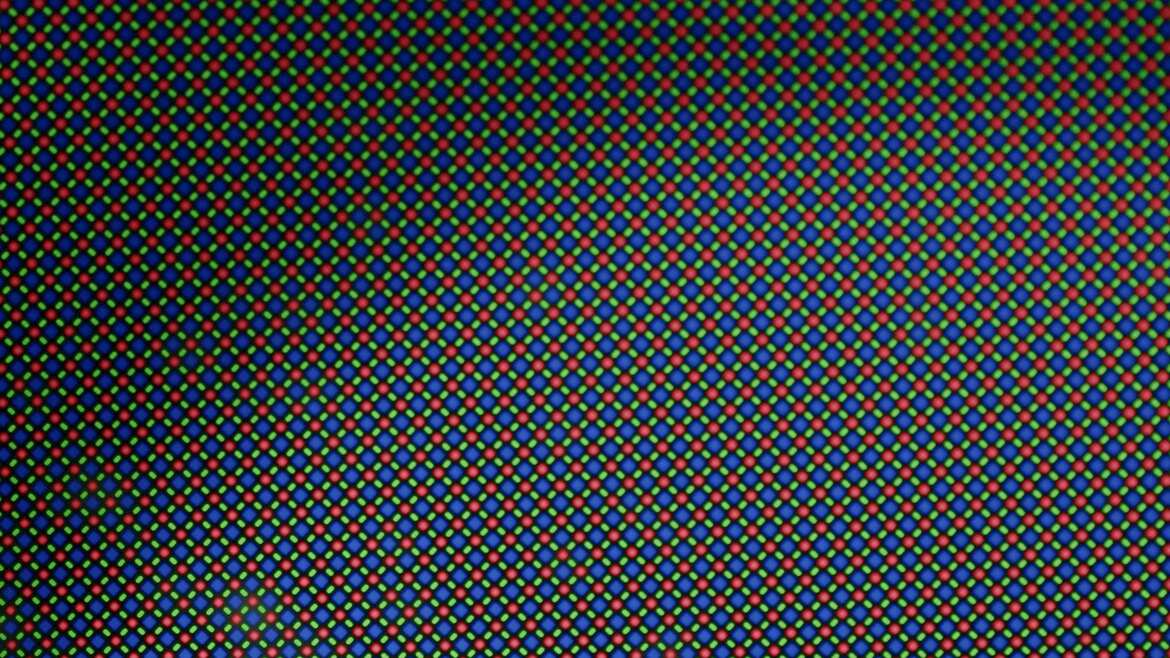
RGBW: Enhancing Brightness and Reducing Power
In applications where brightness and power efficiency are paramount, the RGBW pixel arrangement adds a white subpixel to the standard RGB trio. This additional subpixel increases overall brightness without significantly impacting power consumption. RGBW is commonly used in outdoor displays and signage, where visibility under direct sunlight is crucial.
The Quad Pixel Arrangement: Expanding the Color Gamut
Quad pixel arrangements, which incorporate an extra color subpixel such as yellow or cyan, expand the display's color gamut. This configuration allows for more vivid and accurate color reproduction, making it ideal for high-end professional displays and televisions. By covering a broader spectrum of colors, quad pixel displays offer an enhanced viewing experience for applications that demand superior color accuracy.
The Challenge of Uniformity and Manufacturing Complexity
Each OLED pixel arrangement comes with its own set of manufacturing challenges. Achieving uniformity across the display can be difficult, especially as resolutions increase and subpixel arrangements become more complex. Manufacturers must balance performance, cost, and production yield when choosing a pixel configuration. Understanding these trade-offs is essential for developers and product owners aiming to deliver high-quality displays.
Custom Pixel Arrangements for Specialized Applications
Beyond the common configurations, custom pixel arrangements can be designed for specialized applications. For instance, medical imaging displays may require highly accurate color reproduction and grayscale performance, necessitating a unique pixel layout. Similarly, automotive displays need to withstand harsh environmental conditions while maintaining visibility, leading to tailored pixel designs. At Interelectronix, we excel in creating bespoke OLED solutions that meet the specific needs of our clients.

